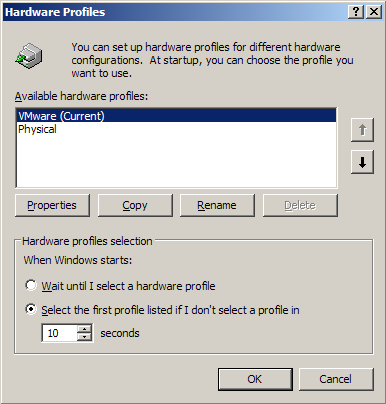O2’s network maps for HSDPA are a little frustrating. For one thing, they won’t show you a map of the whole country, only little segments 7.5 km wide.
The big deal for me is that when you’re in a 3G area, you can surf the web and also make/receive calls at the same time. The current EDGE-based iPhone can do one or the other; that is you can’t start browsing the web on your phone while you’re using it for a telephone call. Yes, this is a real need!
What does this mean for speeds? Rumour has it that O2’s implementation has a theoretical peak of 3.6 Mbps (about 400 kilobytes per second) but their mobilebroadband USB modem package, which also uses HSDPA, tops out at 1.8 Mbps. That’s not quite as impressive but then again, beats the pants off EDGE. O2 also specifically prohibit streaming and VoIP applications over their 3G network.
O2’s roaming charges for data aren’t too bad these days. For countries in Europe it’s £3 per megabyte and outside of that, £6 per megabyte. Considering that since October 2007 I’ve consumed less than 1 gigabyte of data, I’m not worried about the additional charges for roaming while I’m on holiday for two weeks in August.
I’m going to pop into an O2 store later this week – have a go at their 3G demo machine and ask some questions. Last time I tried a 3G demo machine was in the Three (3) shop in Castlecourt and my iPhone beat Windows on 3G for rendering a web site – so you can imagine how slow the 3G was. Not very impressive. Now…O2’s infrastructure provides Three (3)’s 2G network and a little birdie told me that Orange provide the backbone for their 3G network so the 3G performance I noted may not be indicative.
If you’re in Belfast, say, around QUB, you’re going to do okay.

but coverage gets very patchy outside of the town centre in Bangor (where I live). In fact, my house is right in the middle of one of the big white areas there so I’m going to have to rely on WiFi or (god forbid) dialling down to EDGE or GPRS.

and where my parents live in Lisburn is just … barren. For what it’s worth, they live about 200 metres away from that green B101 label in the centre of the map. It doesn’t look like they’re going to be enjoying HSDPA speeds any time soon!

and I’m thankful that Mac-Sys Ltd will give you their WiFi password if you ask them nicely because coverage in Newtownabbey really depends. As soon as you start seeing grass, the coverage simply ends.

The saving grace is that O2’s mobile broadband contract also covers the Cloud hotspots (which there are quite a few of these days) and the iPhone contract will also cover BT OpenZone hotspots from July 11th (give or take a few days). Pretty soon, we’ll have wireless everywhere.
So, go on, pop along to O2’s network maps for HSDPA and post your area coverage. Drop me a link or a pingback so we can see what’s happening!



